With winter departure, each dacroom wants to see his garden with blooming and fragrant. It is possible to fill the site with spring breath using daffodils. Beautiful elegant flowers grow rapidly and do not burden the owner with labor-intensive care. A scientific name of the flower sounds like Narcissus Poeticus. In the literal translation, the first part of the phrase means "stunning", "to dope", which is most likely a poisonous juice on bulbs Narcissa, as well as the blurred aroma of its flowers. The second part of the name has a romantic subtext - a bright plant in the literal sense of the word has become a poetic object for chanting from time immemorial. The popularity of Narcissus surpassed only the rose. Well, did you already catch up with the idea to settle in your garden such beauty? The features of the landing of Narcissov in open ground will tell the article.
There are many legends and parable about how the flower got its name. According to one of them, a long time ago a beautiful young man named Narcissus loved the nymph. The young man did not answer her reciprocity and the unfortunate died from unrequited love. The Goddess of Retribution Nemoxid decided to take revenge on Narcissus and defended the flour to the unrequited feeling of him: the young man fell in love with his own reflection in the water. For a long time, Narcissus suffered, peering into his copy on the surface of the water stroit until he died. And on the place of the river, where the young man spent his days and nights, the beautiful and gentle flower grew up - a symbol of a brief flourishing of life and early death. And indeed, beautiful flowering of real daffodils is very fleeting.
Brief description Narcissa
Narcissus represents a family of amarylline plants. This is a grassy bulbous monocorous culture. Narcissus is grown, focusing on the subtleties of the life cycle of bulbs and roots on their bottoms. Ground part of Narcissa looks like a socket formed by tanning thin leaves with sharp tips. The length of the flowerwakes in different types of daffodils varies from 10 to 60 cm. Its top crowned one big flower or a whole brush from several small flowers. The main distinguishing feature of all daffodils is a peculiar tube-trull, decorated with halo of air lobes. The inside of the tube is filled with pestle, stamens and urging. The seeds of the plant also develop.
Each type of daffodils has petals and a tube of the original color, shape and size. Initially, the flowers were white and yellow, but thanks to the efforts of breeders today, you can decorate your daricusseum with roses and tubes of pink, cream, orange and lilac shades. The fruit of the plant looks like a box with three nests, in each of which is formed by several spherical seeds. The landing of daffodils of different types also has its own characteristics.
How to propagate narcissus bulbs
This method of reproduction is considered the easiest and most convenient. The bulbs are suitable as purchased in the store and taken from their plot. If you have a bought seating material, be sure to inspect it for dry, patients or damaged instances. Narcissus dig out of the garden after flowering when their leaves will begin shirt. Depending on the region, the duration of the digging can be different, however, it is impossible to be in a hurry, as it is impossible. If the bulbs die before the term, the plant will not have a revel root at the plant, and later the new root system is already beginning to form, so the transplant will not go narcissal.
The bulbs of the digged bush must be rinsed. From the maternal bulb, they remove the "kids" and lowered them into a solution of mangarteed potassium of a weak concentration, after which they are completely dried. Disabled bulbs can be planted on a flowerbed under the winter (the end of August is the beginning of September) or save until spring. Note that Narcissus on the flowerbed will wake up and bloom before.
How to propagate a narcissus division of bulbs
Narcissian bulbs divide if needed a valuable rare flower. In this case, landing and care are manufactured as usual, but at the same time prepare the planting material in a special way. The bulbs are selected only the largest and, of course, healthy. Each instance is divided into 4 or 6 parts so that the tip and the bottom of the rod remained on each shelter. Further, each gardener comes with prepared bulbs at its discretion. Action options are several:
- treat fresh sections of the slices with a non-confidential solution of manganese and dry. Then every part of the bulbs to treat a special preparation that stimulates their growth and land into the disgraced substrate of the planting container;
- hold the slices for 1 - 1.5 months in room temperature, and then move them to the room, where the temperature does not exceed +10 0S. In the open ground, such bulbs are planted in autumn, not forgetting to cover them from frosts in the cold season;
- cut parts of the bulbs put in heteroacexin for the time specified in the instructions. Then the slices are shifted into the agroperlitis and put for 1.5 - 2 months in the refrigerator until the autumn planting.
Narcissus grown in this way bloom 2 years later.
How to propagate daffodils by seeds
For reproduction, only wet, freshly collected seeds are suitable, the surface of which has not yet lost the specific protein coating. Singing planting material is not too deep into the ground. It is best to put the seeds in the land of the container, but you can immediately at the flower bed. When landing in the container you need to use the agroversiculitis. The most comfortable for germs will be a moderate temperature. The first 2 years, the seedlings are left in the planting container, and to the ground tolerate when young daffodils will be tuned and laughed in bulk. Saplings begin to bloom in 5 years. This method of reproduction is suitable only for ordinary daffodils, since hybrid plants their specific qualities (for example, terrain, tint) in this case do not preserve.
How to make an intimate plant
If you need to close the bloom of daffodil as much as possible, that is, make it so that they decorate the garden before the laid time, make the projection of the plant. This can be done in domestic or greenhouse conditions in two ways that are based on the effects of various temperature modes.
Dug apart and processed by antiseptic solution of the bulbs first leave for 2 weeks in heat (+30 0), then during the month hold the seating material in a cooler room (approximately +17 0) And finally, leave for storage at a place with a high level of humidity at a temperature of +9 - +10 0. An open soil of Narcissus is transferred 1 month to the alleged flowering. At the same time, the upper part of the bulbs should remain over the Earth. Landing can be made quite dense, but the bulbs should not touch each other.
You can take advantage of a different scheme for the cultivation of Narcissus, which, by the way, promises very early blooming plants. So, before disembarking into the open ground, the bulbs buried in the sand of landing containers and withstand them in a dark wet place at +9 0 approximately 2 months. When the length of the sprouts will be about 5 cm, the containers are rearranged into the room with a temperature of +17 0 and humidity, twice as lower than in the same place storage. Narcissus, as a rule, bloom after 2 weeks.
How to grow flowers on the windowsill
When to transplant daffodils, grew up in an apartment, in open ground? Let's in order. Plants landing and plant care at home are special. Take a deep pot (about 10 - 15 cm), fill it with the earth and plant a Narcissa bulb there, leaving her top above the ground. Slightly wrap the soil and pour the flower. Leave the pot in a cool place with a temperature of no more than +5 0. It may be a garden where a narcissus container should be covered with a layer of peat at least 10 cm, or a refrigerator - there is a flower to cover with a dense dark package.
After the sprouts are trying through the earth, the pot is rearranged into a lighter place with a temperature of about +10 0C and wait when Narcissus blooms. With the beginning of flowering, the pot with a plant is transferred to where the temperature is higher than +10 0S. Blooming Narcissus is regularly watered. Earth must be moistened even after the bud buds are covered. They need to be removed and waited when the green part of Narcissa is dried. It's time to dig the bulb, rinse and dry it, and then leave for storage to take it in the spring to transplant it in an open garden soil.
How to prepare a place for landing Narcissa
With the landing of this perennial grassy plant, the newcomer will cope. The flower is equally growing well in the sun, in half and with full shading, however, with good lighting its bloom is the most magnificent.
Narcissus is quickly adapted to any composition of the soil, but they are not satisfied with the presence in the land of impurities of humus or manure. If you want to feed the soil, the manure must be made no later than a year before you planned to plant a daffodil. The bulbs of the plants quickly germinate in the neutral environment of Suglinks. In order for narcississ faster to adapt to, the acidic soil is enriched with wood aster with 1 cup per square, and alkaline - dolomite flour (200 g per square). The flowered land of flower beds fertility, nitroposka, compost. Sand makes too heavy soil. At the permanent place of Narcissus, they do not lose their decorativeness for 5 years, then they must be replant.
In the open soil, flowers can be planted in spring and after the end of the summer. In the landing of Narcissus, the following scheme adhere to the fall:
- 2 months before landing, preliminary training of flower beds are carried out: they are drunk land, compost, superphosphate (2 art. l. per square) and agriculus for flowers (1 tbsp. per square);
- when you put the daffodils, for each bulb, you need to dig up the landing hole with depth of about 3 of its diameter;
- a handful of sand and ash rush to each well, after which the bulb is buried there. The smell of half fall asleep the earth, watered, the soil will be torn and shove the land to the edge;
- top to the garden laid mulch.
It is important! If you plan to transplant the flowers soon, the distance between the bulbs do not more than 10 cm if the daffodils will remain at this place for 5 subsequent years, dissolve the bulbs at a distance of 20 cm from each other.
The scheme of spring landing of narcissues is the same. Flowerbed should be prepared since autumn. Before boarding the bulbs, withstand 2 months in a cool place. If this is not done, in the first year after the Narcissy landing does not bloom.
Narcissal care
In order to get a beautiful blooming flowerbed of Narcissus, the bulbs placed in the fall, the first time fell in the spring, after the appearance of sprouts. For feeding use mineral composition. For the second time the plant is fed by the same fertilizer after the appearance of buds on its stems.
Narcissus should be regularly watered, and after irrigating the soil under them. In order not to burden itself with constant processing of the Earth, it is mulched. Fading flowers are cut for bouquets. When flowering is over, the plant reoperate again, entering phosphoric and potash compositions in the proportion of 2 to 1, respectively. When digging daffodils? It is more correct to do it 50 days after the end of flowering. At this time, the bulbs are finally formed and cease to grow. On the appearance of the plant, this is reflected very bright: the stalks of the bush fall apart, and the leaves begin to yellow. As a rule, digging bulbs are engaged in the first half of July. If you decide to leave the bulbs in the ground, do not forget to cover the flower bed with the protective layer of the husterie for the winter.
What the daffodils are sick
If you store the plant is incorrect, hesitate with digging bulbs or poorly dry them, Narcissus can attack the so-called fusarious rot. The disease is manifested by specific brown spots, which are covered with a bulb. Depending on how badly the planting material is damaged, either get rid of it, or processed by a special fungicidal agent (for example, foundazole). Processing is effective only at the initial stage of the destruction of the bulbs.
Also, daffodils may damage the sclerocial rot. In the risk group of the plant, in the soil of which made too many organic fertilizers. Sick bulbs immediately destroy. In addition, the beauty of colors can spoil sclerotiniosis or a leek burglar. These diseases are provided with narcissions if they in contact with manure. Cold wetting weather provokes the development of sulfur rot on colors.
All diseases are postponing visible imprint on the plant: Narcissus leaves are pale, lose tone and begin to dry. To save the flower, it is very important to detect the disease as early as possible. The situation, as a rule, can be corrected 2 to 3 fungicidal processing procedures with a 10-day interval between them.
Pests of plants
The following insects are considered the most dangerous for Narcissa:
- bulbous and stalk nematode. The best prevention of the impact of the pest is the thorough heating of bulbs in warm water (45 - 50 0C) before planting, as well as the processing of the Earth with copper vigorous;
- narcissal fly. To destroy its larvae, without difficulty, distinguishable on the stems, the plant is treated with an insecticidal agent (actar, intavir-C), and after the soil is mulched by peat.
Experienced gardeners know that the smell of velvets, nastures and marigolds scares many insects, so Narcissus sit next door to these flowers.
Daricissian varieties
Today, about 12,000 varieties of breeders are combined with the common name "Narcissus hybrid", and all types and varieties of plants divided into 11 garden groups, the distinctive signs of which they consider the color and shape of the tube, crown and perianth plant. We list these categories, and at the same time we will admire the photo of Narcissus:
Tubular daffodils.
Larged daffodils.
Small-metered daffodils.
Trangrusa daffodils.
Terry daffodils.
Cyclamenia daffodils.
Johnckilloid daffodils.
Tachatic daffodils.
Poetic daffodils.
Species daffodils (approximately 60 varieties).
Duried daffodils.
Gentle daffodils, completely incubating in care, deliver gardeners a lot of aesthetic pleasure, pleaseing the eye with their life-affirming bloom, which notifies the arrival of spring.

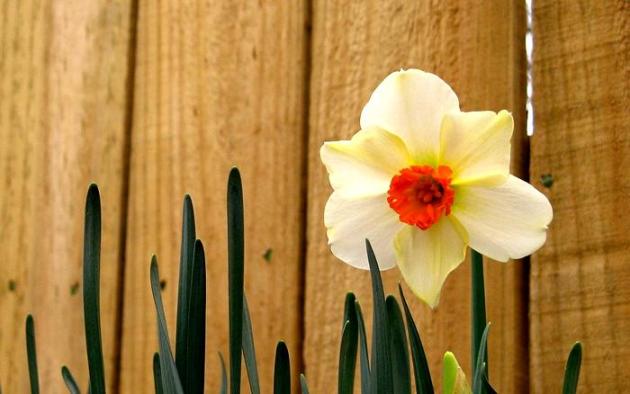
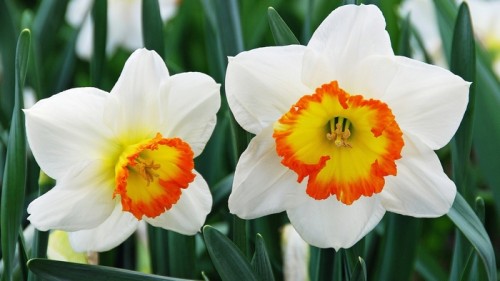
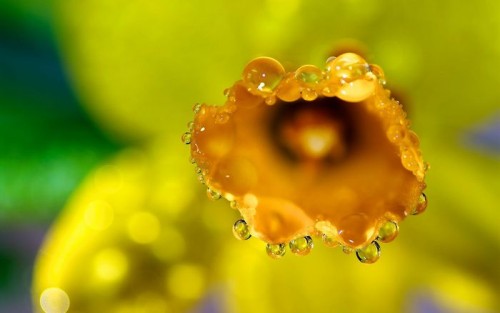


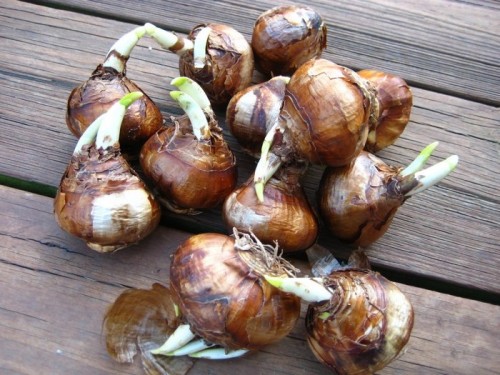
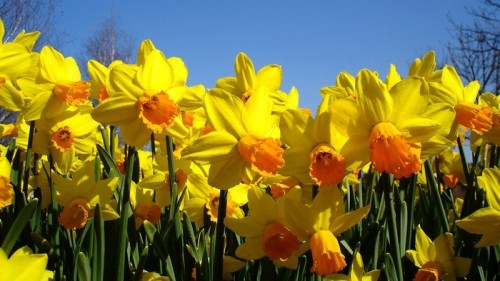

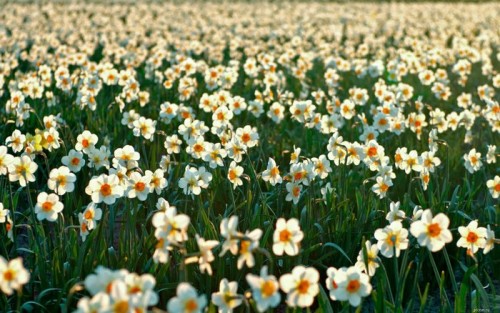
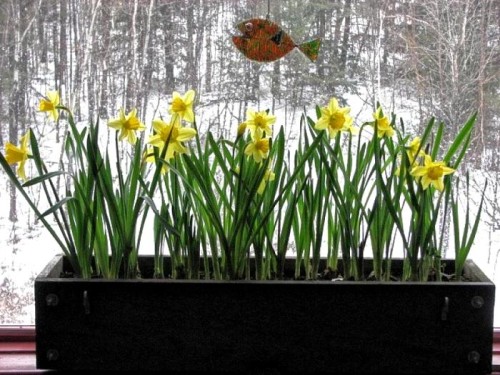
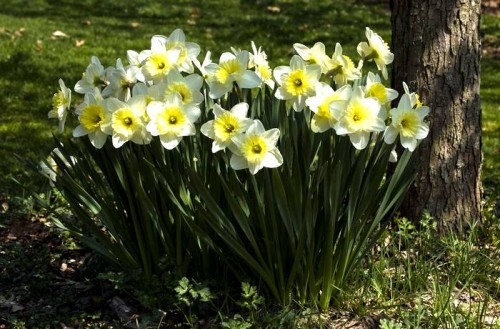

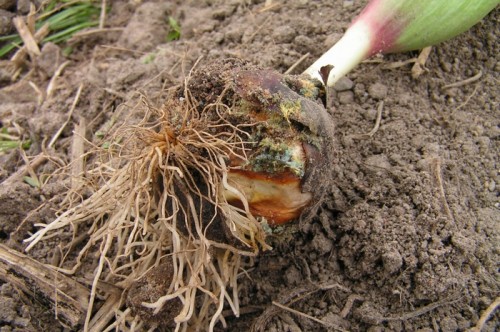
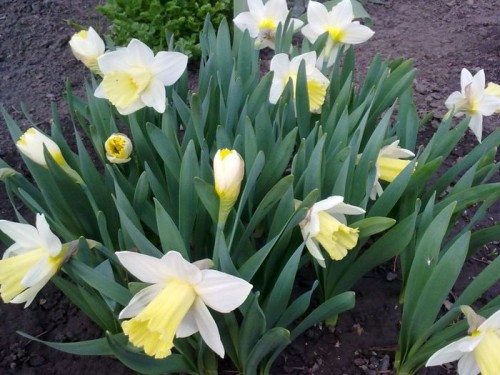

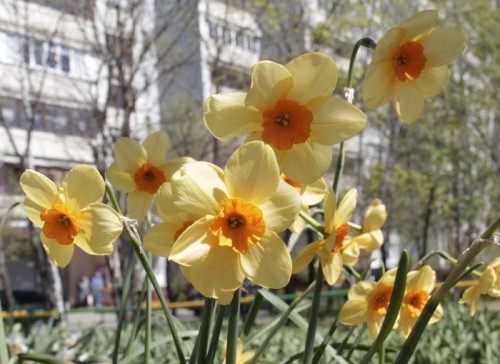
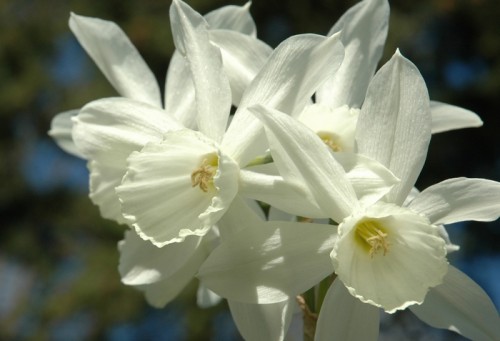
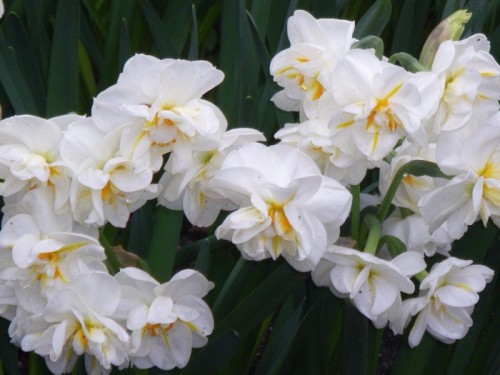
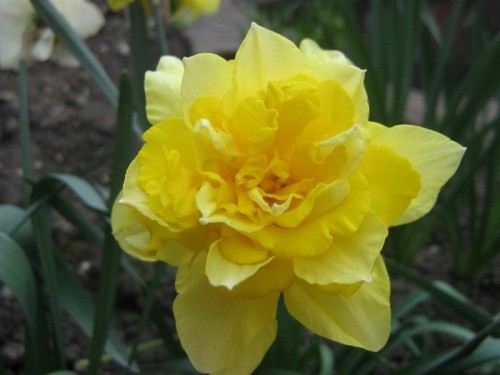
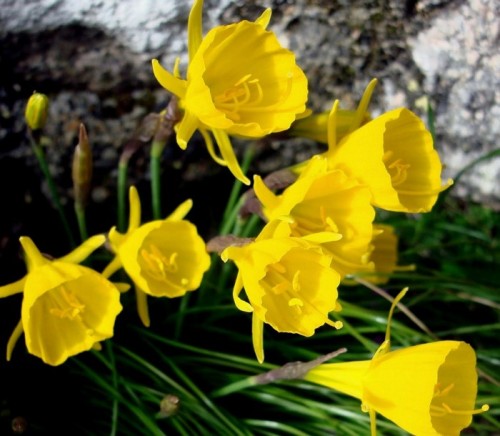
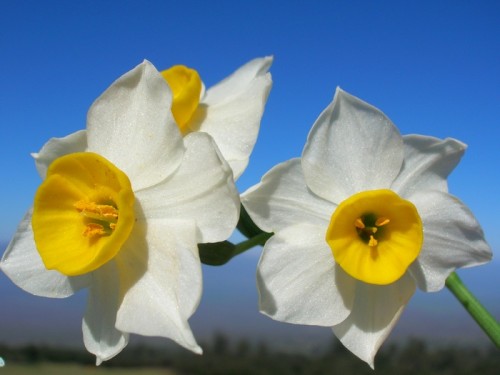
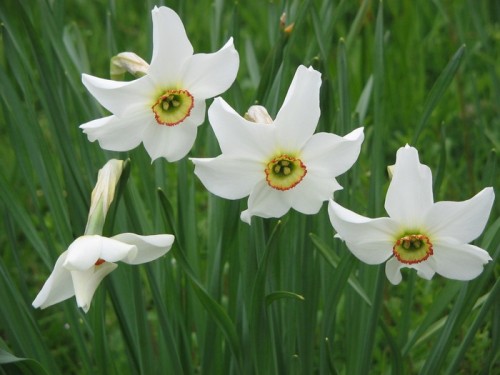

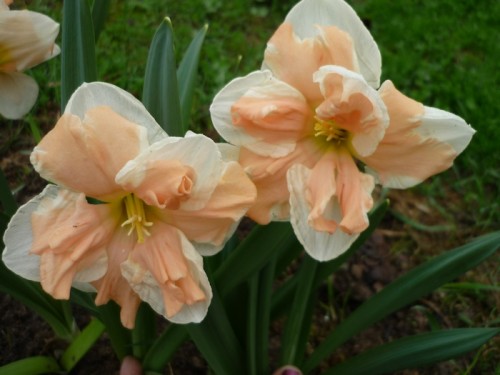












 Start a discussion ...
Start a discussion ...